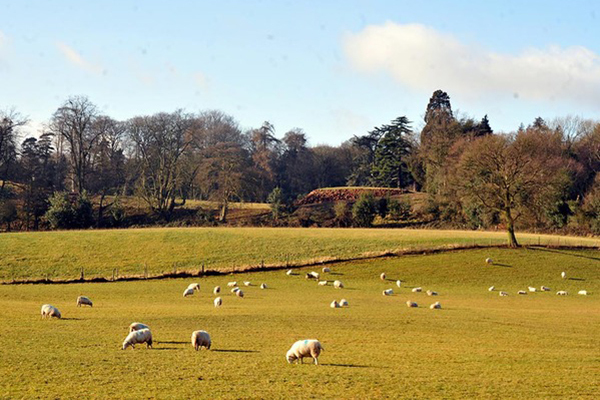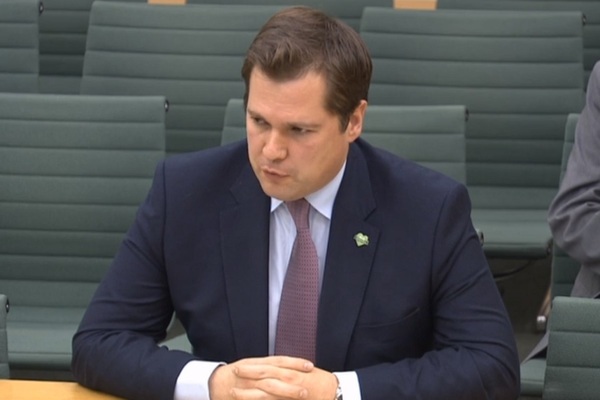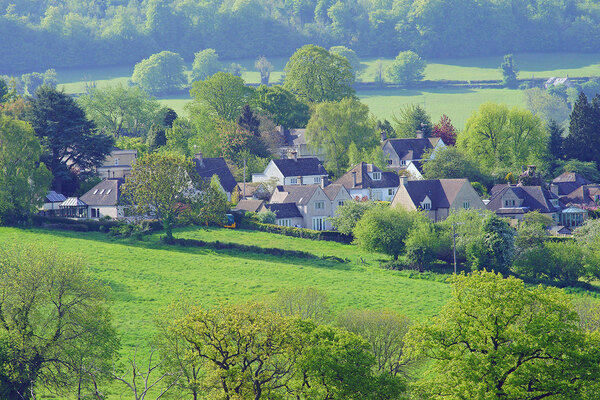You are viewing 1 of your 1 free articles
Green belt being ‘squandered’ as few affordable houses built, charity warns
Only around one in 10 homes built on land released from the green belt in the past decade are ‘affordable’, according to a charity’s new research.
In a report titled Space to Breathe, the Campaign to Protect Rural England (CPRE) argues that green belt land is being squandered and any building on it is doing nothing to tackle the housing crisis.
Figures compiled by the charity show that of the 804 homes built on green belt land since 2015/16, only 106 were deemed ‘affordable’ under the government’s definition. The homes were built on land released from the green belt in the past 10 years.
“Building homes on the green belt is not the answer to the housing crisis,” said Tom Fyans, the CPRE’s deputy chief executive. “Indeed, in terms of the green belt, it’s clear that we are reaching a tipping point.”
Government ministers have sought to reassure campaigners that it is against green belt development. In an interview in the summer, new housing secretary Robert Jenrick appeared to rule out building on the green belt. Last month, the government unveiled funds to help councils clamp down on illegal developments, including those on the green belt.
And new housing minister Esther McVey weighed in this week by urging a council to prioritise brownfield land for building.
In response to the CPRE, a spokesperson for the Ministry of Housing, Communities and Local Government branded its report as "misleading" as it "refers to plans that may never be acted on".
The spokesperson added: “Ministers have said repeatedly that building the homes our country needs does not mean damaging our countryside. It’s a fact the green belt is now around 30,000 hectares larger than in 1997.
“Last year only 0.02 per cent of the green belt was developed for residential use and often this development is around road and rail infrastructure in place long before green belt designation.”
However, the CPRE remains concerned. Its new report noted: “All too often, our green belt is seen simply as land preventing developers from solving the housing crisis.
“However, as this report shows, we have been squandering our green belt by not building the affordable homes that meet housing need and by not making good use of the land when it is built on.
“At the same time, swathes of land that has already been built on lies wasted and under used and the housing crisis continues.”
The charity also points out that green belt land is vital in tackling the climate crisis, and boosting public well-being with access to the countryside.
Instead, the CPRE wants to see a ‘brownfield first’ policy that favours this type of land for development. Its research shows there is enough brownfield land to build more than one million homes.
Looking ahead, the group warned the trend of few affordable homes on green belt sites could continue. Of 266,000 homes planned on undeveloped green belt land in advanced local plans, only a third of these are affordable, the group’s research shows.
Mr Fyans added: “CPRE is calling on the government to start implementing new and existing positive solutions now to ensure that future generations can enjoy these much loved landscapes.”
The CPRE is also campaigning to change the definition of “affordable” housing, which is deemed as rent set at 80% of the standard market rate. The charity wants to see rents set according to the net income of tenants.













